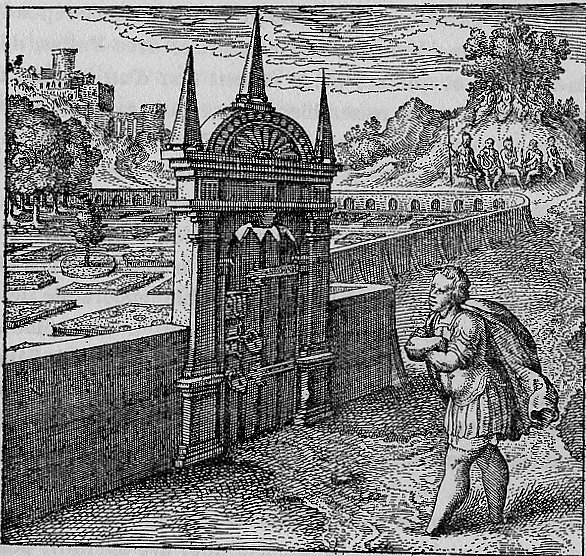You almost certainly don’t recall a post on this blog from 2017, with this image:
and the quotation ‘He that endeavors to enter into the Philosopher’s Garden without a key, is like him who would walk without feet.' They’re from a 1617 alchemical ‘emblem book’ by Michael Maier (aka Michael Majerus) titled ‘Atalanta Fugiens, The Flying Atalanta or Philosophical Emblems of the Secrets of Nature.’ Now read on.
I’ve been doing some further reading about walking and alchemy, mostly in a book titled Alchemy, the Philosopher’s Stone, by Allison Coudert who quotes from atext titled The Nei P’ien by Ko Hung (c.280–340 CE), a Chinese alchemist and philosopher whose name sometimes gets transliterated as Ge Hong. This is him:
In The Nei P’ien he writes ‘Chao T’o-tzu took cinnamon for twenty years whereupon the soles of his feet became hairy and he could walk five hundred miles a day.’ That’s just under 21 miles per hour, which I don’t really think counts as walking.
Ko Hung also writes ‘Tu Tzu-wei took asparagus, with the result that he had eighty concubines, sired one hundred and thirty sons and walked three hundred miles a day.’
This is the Formby Asparagus Walk, a National Trust property on Merseyside:
So Tu Tzu-wei walked 200 fewer miles a day than Chao T’o-tzu but no doubt that was because he was distracted by his concubines.
I have taken cinnamon and asparagus but admittedly not every day, so perhaps that’s why my own soles remain hairless and why I have yet to sire 130 sons. Also why I can’t walk even 300 miles a day.














